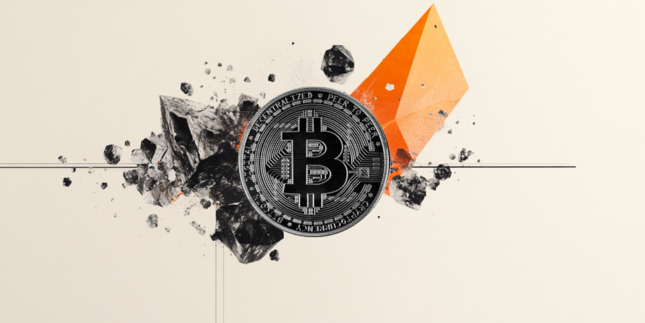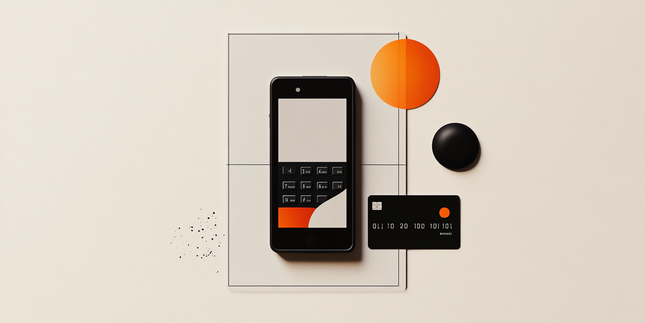Markets
The ECB lowered the policy rate to 2.75% (-25 bps) yesterday. While president Lagarde as usual refrained from giving guidance going forward, some subtle statement tweaks and not-so-subtle comments suggest Frankfurt is moving towards a fine-tuning phase. Among the most striking ones was Lagarde explicitly stressing the cumulative amount of cuts the ECB already delivered (purposely followed by a short moment of silence). She also flagged an upcoming staff report about the revision of the neutral rate, due February 7. The timing, ahead of the March 6 meeting when another rate cut brings the deposit rate to the upper bound of the current neutral rate estimates, is not a coincidence. Bloomberg citing officials reported afterwards that the ECB as soon as March may stop labeling its policy stance as “restrictive”. Long story short: after the 25 bps cut in March, we expect the ECB to start skipping meetings from time to time with only one or two additional moves afterwards. German rates eased 6-7 bps but those losses were related to earlier weaker-than-expected GDP readings in France, Germany and, as a result, the euro area (stagnation). US yields finished less than 2 bps lower across the curve. Q4 GDP growth was once again strongly consumer-powered and jobless claims remain low. Q4 PCE deflators missed the bar on a headline level. The dollar ended a tad higher thanks to a late-session sprint after president Trump stuck to his Feb 1 (as in: tomorrow) deadline for tariffs on Mexico and Canada. The Canadian dollar and Mexican peso took a hit intraday. EUR/USD finished sub 1.04. Sterling continues to grind higher. A six-day GBP winning streak brought EUR/GBP from +0.845 to around 0.836. The pound may soon be taking a breather ahead of next week’s (Fed 7) looming Bank of England meeting (including new forecasts) though. Today’s economic calendar features interesting data in the US, including the Q4 Employment Cost Index (expected to pick up from 0.8% to 0.9%) and the December PCE deflators. The latter, however, can be derived from yesterday’s Q4 print. Germany and France release inflation figures for January. The European figure is due on Monday (2.5% y/y). It could trigger some intraday volatility but we don’t expect any huge moves. From a broader perspective, we think both the ECB and Fed have supported the bottom below yields. The dollar could hold the upper hand, especially ahead of a weekend in which we will see whether Trump’s verbal show of force translates into actions as well. We’re particularly interested whether countermeasures will follow swiftly. Canada threatened to cut off oil exports to the US altogether, even as Trump considered excluding this sector from tariffs.
News and views
CPI inflation (ex-fresh food) in the Tokyo area in January rose 0.3% M/M lifting the Y/Y measure to 2.5% (was 2.4% in December). A such, the Y/Y measure is reaching the highest level in a year’s time. The overall headline CPI even accelerated 0.5% M/M and 3.5% y/y, driven by a sharp rise in food prices (2.1% M/M, 7.7% Y/Y). Core inflation ex fresh food and energy rose slightly further from 1.8% to 1.9%. The Tokyo data are seen as a good pointer for the overall national figures that will be published on Feb 21. The further rise in inflation comes after the BOJ last week raised its policy rate by 25 bps to 0.50%, the highest level since 2008. Today’s data at least support the case for the BOJ to continue policy normalization later this year even as further interest rate hikes are in particular conditional to higher wages supporting domestic demand. In this respect, other Japanese eco data published this morning were mixed. Labour market date suggest ongoing strength with the unemployment rate declining to 2.4% from 2.5% and the job-to-applications ratio holding at 1.25. Preliminary January industrial production was reported at 0.3% M/M and -1.1% Y/Y. Retail sales declined 0.7% in December, but were 3.7% Y/Y. Both series are highly volatile.
The Norwegian government coalition between the Labour Party of Prime Minster Jonas Gahr Store and the Center Party collapsed as both groups failed to reach an agreement on approving a series of new EU energy laws. The euroskeptic Center party rejected approving new regulation from the EU. The rejection is part of a broader debate in Norway on relationship with the EU with respect to energy, including the impact of the interconnection with the EU in exchanging providing/electricity and its impact on local prices. Parliamentary elections in Norway are scheduled for September 8. Until then, the Labour Party will continue with a minority government.
This non-exhaustive information is based on short-term forecasts for expected developments on the financial markets. KBC Bank cannot guarantee that these forecasts will materialize and cannot be held liable in any way for direct or consequential loss arising from any use of this document or its content. The document is not intended as personalized investment advice and does not constitute a recommendation to buy, sell or hold investments described herein. Although information has been obtained from and is based upon sources KBC believes to be reliable, KBC does not guarantee the accuracy of this information, which may be incomplete or condensed. All opinions and estimates constitute a KBC judgment as of the data of the report and are subject to change without notice.
Recommended Content
Editors’ Picks

EUR/USD loses the grip and challenges 1.0400
A robust, tariff-driven upswing in the US Dollar is now driving EUR/USD to deepen its daily losses, closing in on the key support at 1.0400 the figure ahead of scheduled speeches from Federal Reserve officials and President Trump.

GBP/USD keeps its offered bias around 1.2630 on USD buying
Following the lead of other risk-sensitive currencies, GBP/USD is giving way to renewed buying pressure on the Greenback, keeping the trade around 1.2630 ahead of remarks from Fed policymakers and President Trump.

Gold flirts with two-week lows around $2,880
Gold prices resume their downtrend and revisit two-week lows in the sub-$2,880 zone per ounce troy following the improved tone in the US Dollar, higher yields and further tariff narrative.

Bitcoin recovers above $85,000 while institutional investors offload their holdings
Bitcoin (BTC) recovers slightly and trades around $86,000 at the time of writing on Thursday after falling nearly 15% at one point this week. US President Donald Trump’s ongoing tariff news and falling institutional demand fueled the BTC’s correction.

February inflation: Sharp drop expected in France, stability in the rest of the Eurozone
Inflation has probably eased in February, particularly in France due to the marked cut in the regulated electricity price. However, this overall movement masks divergent trends. Although disinflation is becoming more widespread, prices continue to rise rapidly in services, in France as well as elsewhere in the Eurozone.

The Best brokers to trade EUR/USD
SPONSORED Discover the top brokers for trading EUR/USD in 2025. Our list features brokers with competitive spreads, fast execution, and powerful platforms. Whether you're a beginner or an expert, find the right partner to navigate the dynamic Forex market.